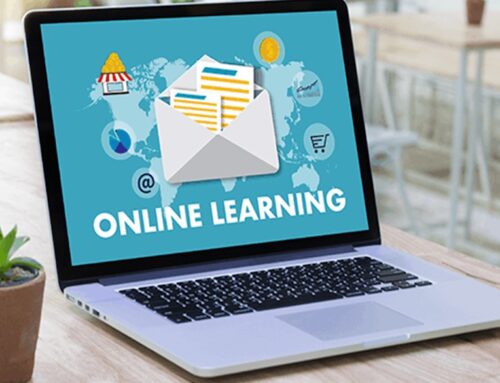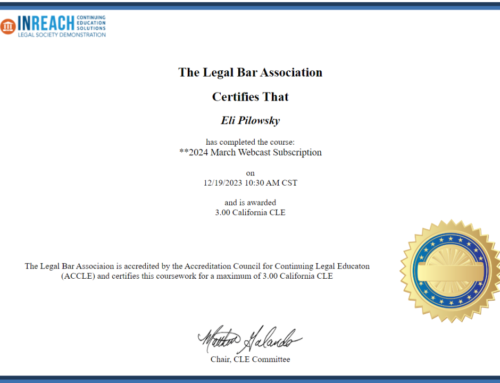As I wrap up this series on Build vs Buy, there is one more topic to explore, strategic planning. It goes without saying that if you are thinking of building an online continuing education management system (CEMS), you are already convinced of the member benefits and are committed to providing the best user experience.
Part of that commitment to the best learner experience involves looking ahead and identifying the changes and trends in the industry that you need to consider incorporating in your CEMS. For instance, currently SCORM-compliant educational content and the ability to serve content on mobile devices are two hot topics in the world of CE. However, in order to stay current, you can’t wait for a topic to become “hot” before you build it into your product. Remember in previous blogs when we talked about the delays in production time you should expect when building your CEMS. Well, those same delays exist for updating your CEMS. So, any major overhauls, like enabling your system to support SCORM-compliant content requires months of planning and work before it can actually be deployed and used.
In a company, there is usually a team of people dedicated to just this—identifying ways the software needs to develop and grow, and coming up with plans to execute those changes in the quickest way possible. This is the essence of maintaining a competitive edge, and requires dedicated staff and time. In a non-corporate environment, it might be harder to justify this expense.
Another area that might prove a challenge if you go the build route is partnerships. The best companies use partnerships to find synergies and save themselves from reinventing the wheel. However, few organizations that build their own solution command a large enough customer base to be considered a valuable “partner” by companies. For instance, to your Association Management System, you are just one customer, a large one perhaps, but still just one customer. On the other hand, an online continuing education management system company, such as InReach, represents hundreds of customers, and is more likely to be considered a valuable partner by other companies.
Taking InReach as an example, we’ve worked hard to create partnerships that will enable us to deliver the best learner experience, and help our customers meet revenue goals. Ranging from seamless integrations with GoToMeeting that maintain a completely branded learning experience, to our exclusive agreement with proSHARE to generate non-dues revenue via online advertising, all our partnerships are designed to quickly generate the incremental benefits our customers and their learners demand and deserve.
At the end of the day, I hope you’ve found this series informative and have a better idea of the true costs and responsibilities involved in building your own continuing education management solution. Taking your continuing education program online requires an investment of funds and staff resources, as well as the certainty that the choices you make are the best for your members. Ultimately, my goal is to ensure that whatever investment you choose—build or buy—that you make an informed decision.






